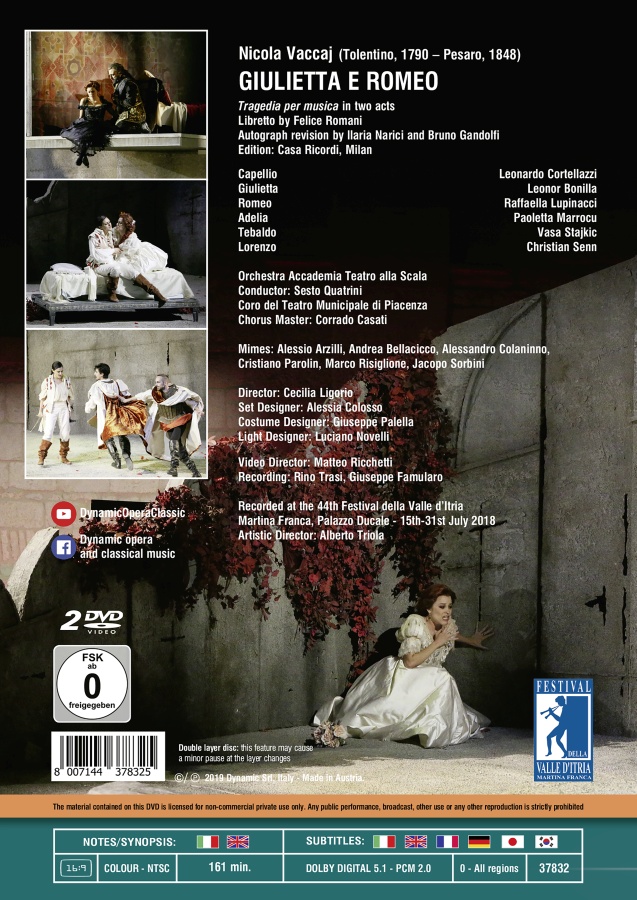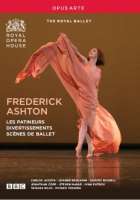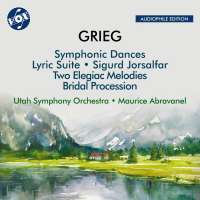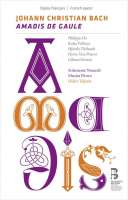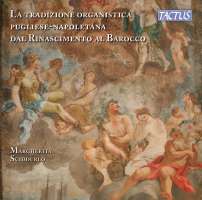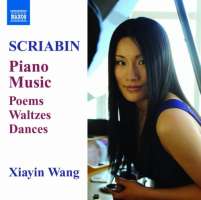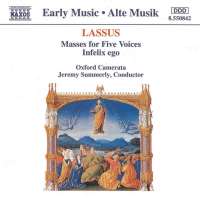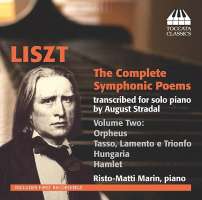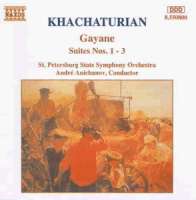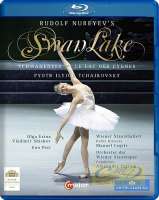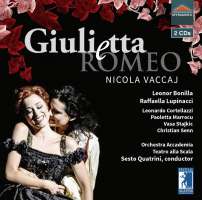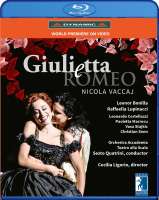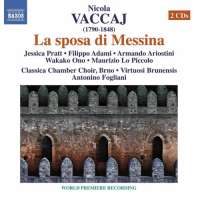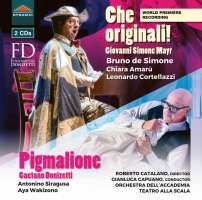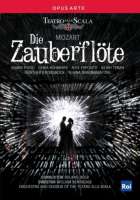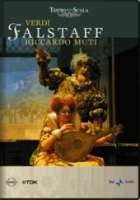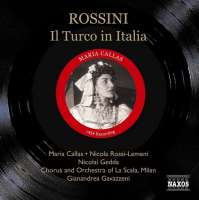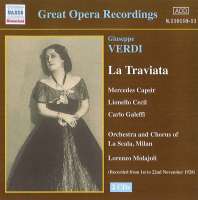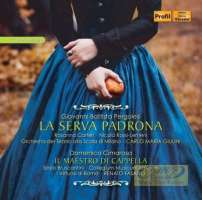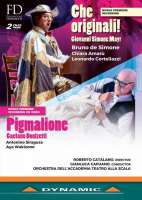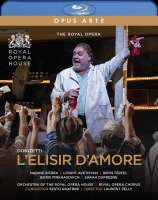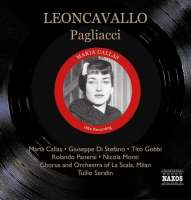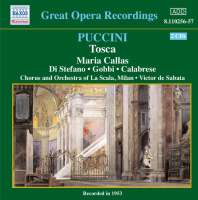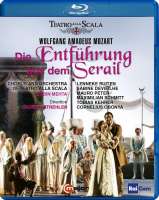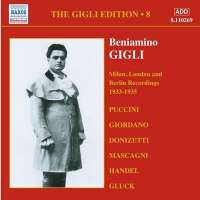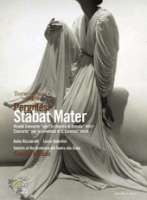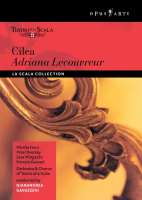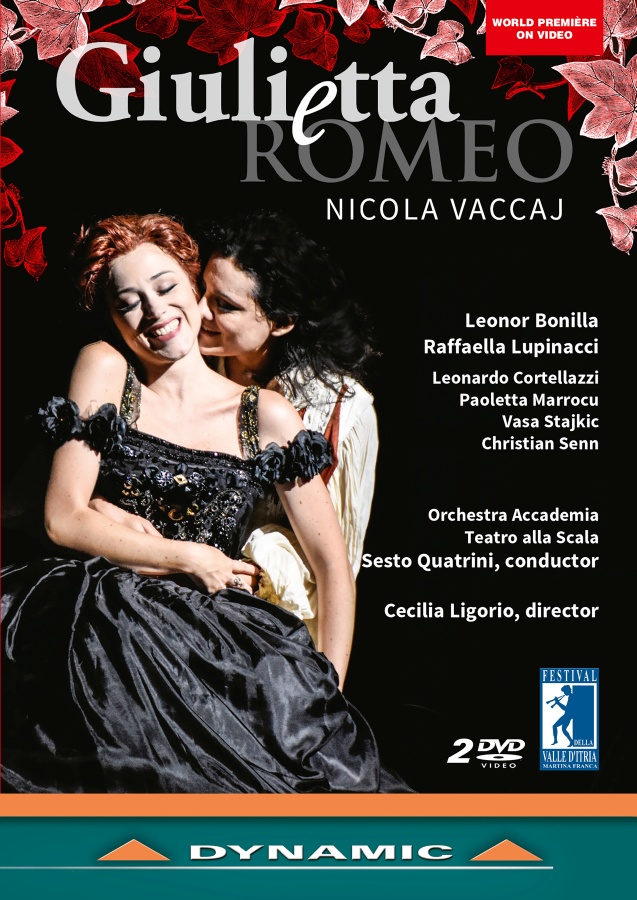
kompozytor
Vaccaj, Nicola
tytuł
Vaccaj: Giulietta e Romeo
wykonawcy
Quatrini, Sesto;
Orchestra of Teatro alla Scala
Orchestra of Teatro alla Scala
nr katalogowy
37832
opis
Nicola Vaccaj belonged to the Neapolitan School. He was a pupil of Paisiello and a contemporary of Rossini, whose fame somewhat obscured his own. But he was well enough known and appreciated during his day that an extract from the last Act of his Giulietta e Romeo was chosen as a substitute for the same aria in Bellini’s I Capuleti e I Montecchi for an 1832 performance. This arrangement remained common practice until the end of the 19th century. • It’s hard to believe, therefore, that Vaccaj’s most notable success has been neglected for such a long time, since it is “an opera that could easily hold its own among the better-known works in the bel canto canon. It has a taut plot, with a strong libretto written by Romani, and is full of well-constructed ensemble pieces.” (Operawire) • With a traditional 16th-century setting, director Cecilia Ligorio chooses to convey a sense of doom and tragedy which imbues the entire work, from the choice of costumes and settings to the stage lighting. “It really was a well-paced and visually pleasing production that successfully captured the love and hatred which drives the narrative forward.” (Operawire)
nośnik
DVD
x 2
gatunek
Muzyka klasyczna
producent
Dynamic
data wydania
01-04-2019
EAN / kod kreskowy
8007144378325

(Produkt nie został jeszcze oceniony)
cena 109,00 zł
lubProdukt na zamówienie
Wysyłka ustalana indywidualnie.
Darmowa wysyłka dla zamówień powyżej 300 zł!
Darmowy kurier dla zamówień powyżej 500 zł!
sprawdź koszty wysyłki